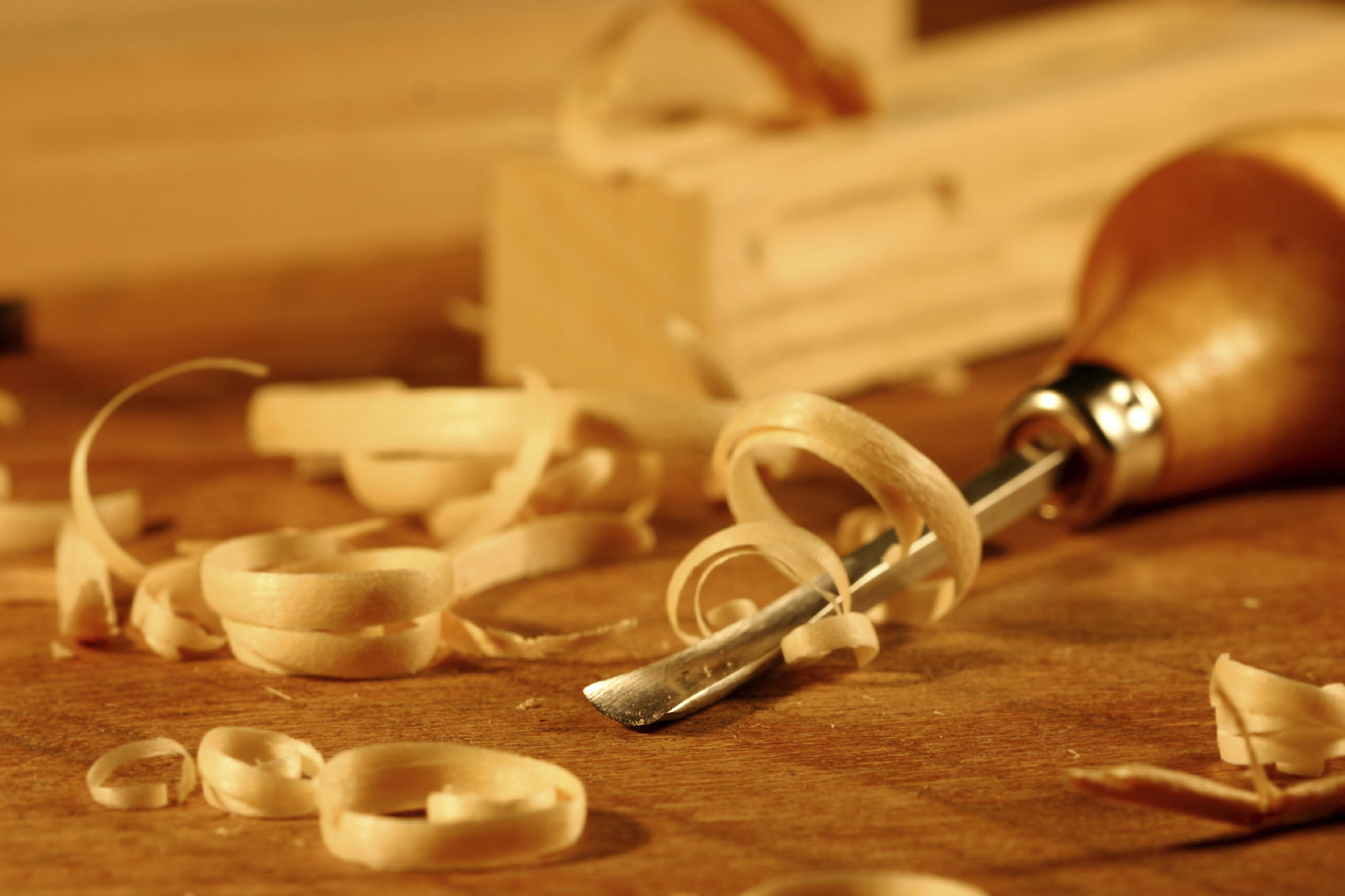There are lots of small home repairs that you want to be able to do yourself without hiring a contractor. For all those weekend projects, we’ve outlined a few carpentry tips that only experience can bring. The more you practice, the better you will perfect your home DIY skills.
Beginner
1. Make sure you write your measurements down. I know a lot of people are saying “duh!” But those are the same people who say “Duh, I can remember 5 and 3/8 inches” and accidentally cut 3 and 5/8 inches.” It’s the simplest thing you can do to ensure your success. Measure twice and write it down! Throw some masking tape on your measuring tool to make it that much easier to jot down.
2. Use a pencil whenever you can instead of your measuring tape. Not only can it be faster, but making a mark on the lumber you’re planning on cutting can be the most precise.
3. Having the best all around hammer can make your life easier. Lots of people have different opinions on this, but a smooth-faced, 20 ouncer with a straight claw can do most any job. The straight claw is a much better shape for removing nails.
Intermediate
1. If you’re doing projects like adding interior trim, an air powered trim gun can give your project faster and more accurate results. You won’t be burdened by hitting the nail precisely every time while not knocking your trim out of place. Plus it only gives you tiny little holes to fill in!
2. When you’re building a deck, use the construction lumber as a template! You don’t need an elaborate strings and stakes set up to guide you. Use the construction lumber to outline the structure by roughly tacking it together, move it aside to dig the posts and put it back to set the posts. Easy.
3. Use what you already have lying around to make a miter saw bench for your project. Not only does it double as a super convenient work surface, but you won’t have to kneel or hunch to make your cuts. Often times means more accurate and easier cuts.
Advanced
1. No matter how advanced you are, getting the perfect miter cut can be tricky. Use a test piece first! Use smaller pieces to achieve the perfect miter angle, then cut the real thing.
2. Estimate framing materials for walls using this formula: One stud for each foot of wall. Five feet of plate material (bottoms, tops and ties) for each foot of wall. Yes, it’s going to seem like a lot, but you’ll need it for windows, door frames, blocking and braces.
3. Position your lumber using the toenail trick. To adjust stubborn boards, drive a nail at an angle through the edge of a stud to coax it into place.
No matter what your skill level, remember that when it comes to carpentry for your home, practice makes perfect. Of course you might make a few mistakes, but learning from them is crucial. Hopefully some of these tips will help you with your next project!


No comments:
Post a Comment